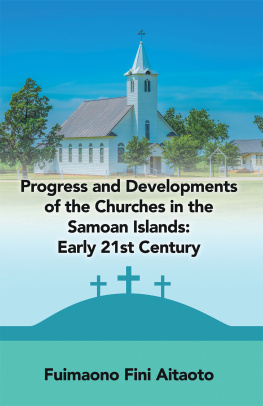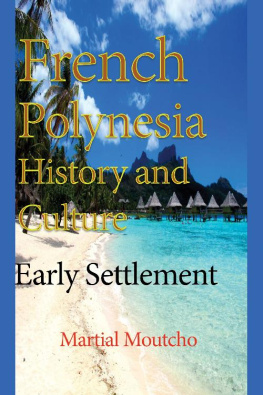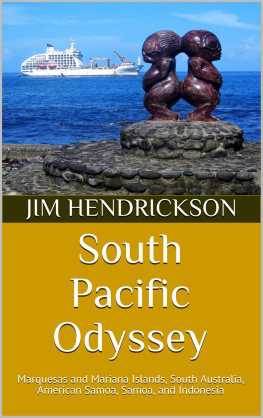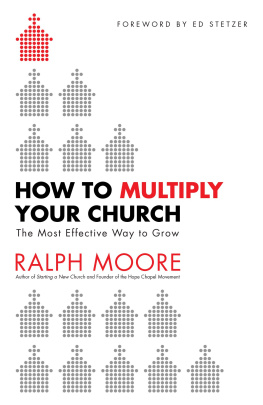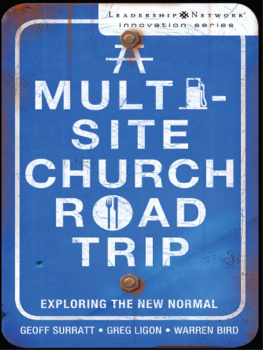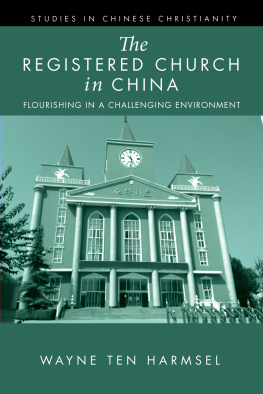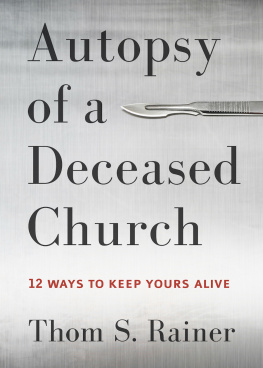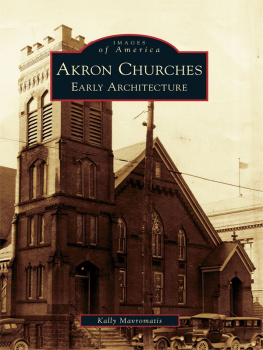PROGRESS AND
DEVELOPMENTS OF
THE CHURCHES
IN THE SAMOAN
ISLANDS: EARLY
21ST CENTURY
FUIMAONO FINI AITAOTO

Copyright 2021 Fuimaono Fini Aitaoto.
All rights reserved. No part of this book may be used or reproduced by any means, graphic, electronic, or mechanical, including photocopying, recording, taping or by any information storage retrieval system without the written permission of the author except in the case of brief quotations embodied in critical articles and reviews.
LifeRich Publishing is a registered trademark of The Readers Digest Association, Inc.
LifeRich Publishing
1663 Liberty Drive
Bloomington, IN 47403
www.liferichpublishing.com
844-686-9607
Because of the dynamic nature of the Internet, any web addresses or links contained in this book may have changed since publication and may no longer be valid. The views expressed in this work are solely those of the author and do not necessarily reflect the views of the publisher, and the publisher hereby disclaims any responsibility for them.
Any people depicted in stock imagery provided by Getty Images are models, and such images are being used for illustrative purposes only.
Certain stock imagery Getty Images.
ISBN: 978-1-4897-3585-0 (sc)
ISBN: 978-1-4897-3584-3 (hc)
ISBN: 978-1-4897-3586-7 (e)
Library of Congress Control Number: 2021909253
LifeRich Publishing rev. date: 05/25/2021
CONTENTS


This book owes its existence to several people: Mr. and Mrs. Lalagofaatasi Sanonu and Rev. Lauama Fonotaga for verifying Bible verses. Finiana Nanz Fini, Array S. and JohNya A. Saiho Levaomana for the various translations and the poems. Auimatagi Gideon F. for his related research, Alieta A. Ahuna and Dr. Nia Aitaoto for the financial support; Rev. Roseti Faamausili for providing the old LMS hymns lyrics. Finally, my special appreciation for my congregation, AOG Mother Church Assembly of God Church of Pago Pago.

This book is dedicated to the two people who inspired me throughout my life. My father, the late Reverend Aitaoto Seiuli Fuimaono and my uncle, Tagaileono Liva Seiuli Fuimaono. Reverend Aitaoto Seiuli served as Print Shop Manager for the Malua Printing Press; LMS/CCCS Treasurer; LMS missionary to Papua Niu Guinea; pastor for the Vailima LMS church, Tau Manua LMS church and the Lufilufi LMS church. He was the writer/publisher of the Anoamaa districts church newspaper O si au Paaga Lelei and former Translator for the American Samoa Legislature ( Fono) . Uncle Liva, is a well-known musician ( Molimoto Group ) and his performances can still be viewed on the KVZK TV re-runs of old national cultural performances. He was a reputable newspaper personality (the original Fealualuai ); was a close friend of the late Governor Tauese Sunia and caretaker of our familys history and lands at Malie . The first color edition of the Samoa Times (January 14, 1994), was dedicated to uncle Liva and was referred to by the Samoa Times Editor (National University of Samoa, NUS instructor Dr. Felise Vaa) as a Giant in his indigenous style of storytelling and living legend in journalism. Liva was a former Secretary to both the Minister for the Post Office and later Minister of Education, in Samoa. Thank you, guys, this one is for you.

My interest in writing about religious issues derives from the two people whom this book is dedicated to. My father, Reverend Aitaoto Seiuli Fuimaono, and my uncle Tagaileono Liva Seiuli Fuimaono. After writing my first book translated: The History of the Assemblies of God Church in American Samoa (2012. WestBow Press), I realized that I still had ample underutilized capacity and yearning for compiling church-related activities and facts. Furthermore, church related issues continue to intrigue (but more often bother) me as I struggle to understand the various obscure religious doctrines that the different denominations continuously disseminate; confusing the indigenous residents and sometimes contradicting their own actions and beliefs. In 2010, during a weekend discussion with a foreign Jehovahs Witness member, he asked me about the different doctrines and beliefs of the various local churches; flapdoodles bombarding mostly the undecided. My reply was that the variety of beliefs and doctrines have confused me. Well said he replied. Maybe this confusion and my inability to personally resolve religious ideas to my own satisfaction partially drove me to write this second book. Moving from perplexity to utilizing a tidy array of important church events may prove to be a good start to my approach to satisfy my uncertainty but most importantly, to assist students studying at Bible Colleges and Seminaries in writing their thesis and dissertations. There is ample literature on the history and developments of churches in Samoa and the Pacific from the late 1800s to the 1980s, available from various sources, but there is a lack of an update on relatively new church developments, issues and activities during the beginning of the 21 st . century. This book should help fill that void. The main objective of this book however, is to provide a source of information to assist students in Bible Colleges, Seminaries and Universities with their thesis and dissertations.

The Samoan Islands consists of a chain of thirteen Pacific islands, nine of which are inhabited plus two remote atolls, and is located 14 degrees south of the equator near the International Dateline. The islands are divided into two political entities, the Independent State of Samoa and the neighboring United States territory of American Samoa. Independent Samoas land area (1132 mi) is approximately fifteen times larger than the land area of American Samoa. American Samoa consists of five high-volcanic islands (Tutuila, Aunuu, Ofu, Olosega, and Tau) and two atolls (Rose Atoll and Swains Island) with most (96 percent) of the population living on Tutuila. This is the southernmost territory of the United States of America, and its population in 2019 was about 60,000. Upolu, Savaii, Manono, and Apolima are the main islands of Independent Samoa with a population about three times that of American Samoa. The Polynesians (not a European sailor) discovered the Samoan Islands and settled in about 3,000 years ago. A very recent (2020) study by the Waikato and Berkley University researchers at Ofu Island, American Samoa, suggested that the Samoan Islands may have been settled 500 years earlier than initially estimated. Until 1997 the western Islands were known as Samoa I Sisifo, or Western Samoa, to distinguish them from the neighboring group known as Amerika Samoa, or American Samoa. The climate is humid, hot, and rainy year-round.
When members of the London Missionary Society (LMS) arrived in Samoa in 1830, led by John Williams, the then king of the Samoan Islands, King Malietoa, was still practicing cannibalism. Malietoas eventual conversion to Christianity facilitated the spreading of Christianity throughout the island chain, and the rest is history. The indelible mark left by the introduction of Christianity on the Samoan Islands considerably reshaped the Samoan culture in a way that saw the inclusion of church-related mentions in cultural salutations and the performance of traditional activities. This was no coincidence. The famous female oracle Nafanua had prophesied to King Malietoa that he should await a new adjunct for his worldly kingdom that will be from heaven, and she was spot-on. When Englands national poet William Shakespeare wrote, Lifes but a walking shadow, a poor player that struts and frets his hour upon the stage and then is heard no more, he didnt realize that millions of people around the world and especially the natives of the Samoan Islands would continue to hear about Jesus Christ nearly two thousand years after he left the world stage.
Next page
